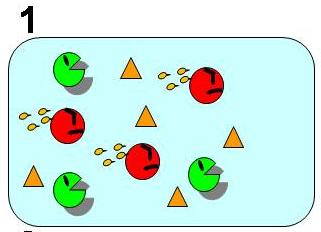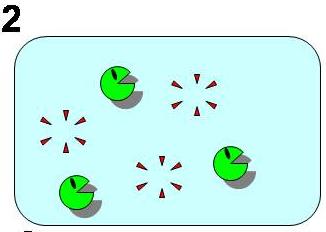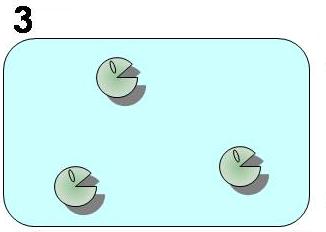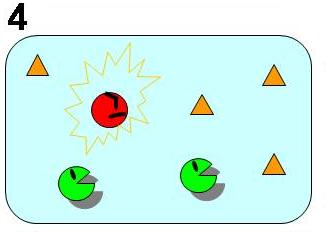Talk:Tokyo/Model
From 2007.igem.org
(Difference between revisions)
(→E.coli Follows Pareto's principle!) |
|||
| Line 8: | Line 8: | ||
'''Bistable state ⇒ The removal of A (worker) ⇒ Unstable state with only B left ⇒ Balanced Redifferentiation of B (idlers)''' | '''Bistable state ⇒ The removal of A (worker) ⇒ Unstable state with only B left ⇒ Balanced Redifferentiation of B (idlers)''' | ||
<br><br> | <br><br> | ||
| - | [[Image:1state.JPG|thumb|210px|'''Fig. 1 Condition 1. Bistable state at balanced ratio of | + | [[Image:1state.JPG|thumb|210px|'''Fig. 1 Condition 1. Bistable state at balanced ratio of differentiated A and B''' <br>The system is stable when it contains both A (worker) and B (idler) "balanced" at certain ratio.|left]] |
[[Image:2state.JPG|thumb|190px|'''Fig. 2 Condition 2. Removal of A''' <br>Now that A (worker) is removed, there is only B (idler) left.|center|left]] | [[Image:2state.JPG|thumb|190px|'''Fig. 2 Condition 2. Removal of A''' <br>Now that A (worker) is removed, there is only B (idler) left.|center|left]] | ||
Revision as of 18:05, 26 October 2007
E.coli Follows Pareto's principle!
To follow Pareto’s principle like an ant society, our model system must satisfy the three conditions shown in Fig. 1 to 4. In our model, all individual cells have the same genetic circuits but take either of state A (worker) or B (idler) depending on the surrounding circumstances. They change their states as if they DIFFERENTIATE so that the ratio of the two cell states is well balanced. ([http://en.wikipedia.org/wiki/Pareto_principle What is Pareto's principle? (Wikipedia)])
As shown in Fig. 1, 2, 3, and 4, the condition of the system is changing as follows:
Bistable state ⇒ The removal of A (worker) ⇒ Unstable state with only B left ⇒ Balanced Redifferentiation of B (idlers)



